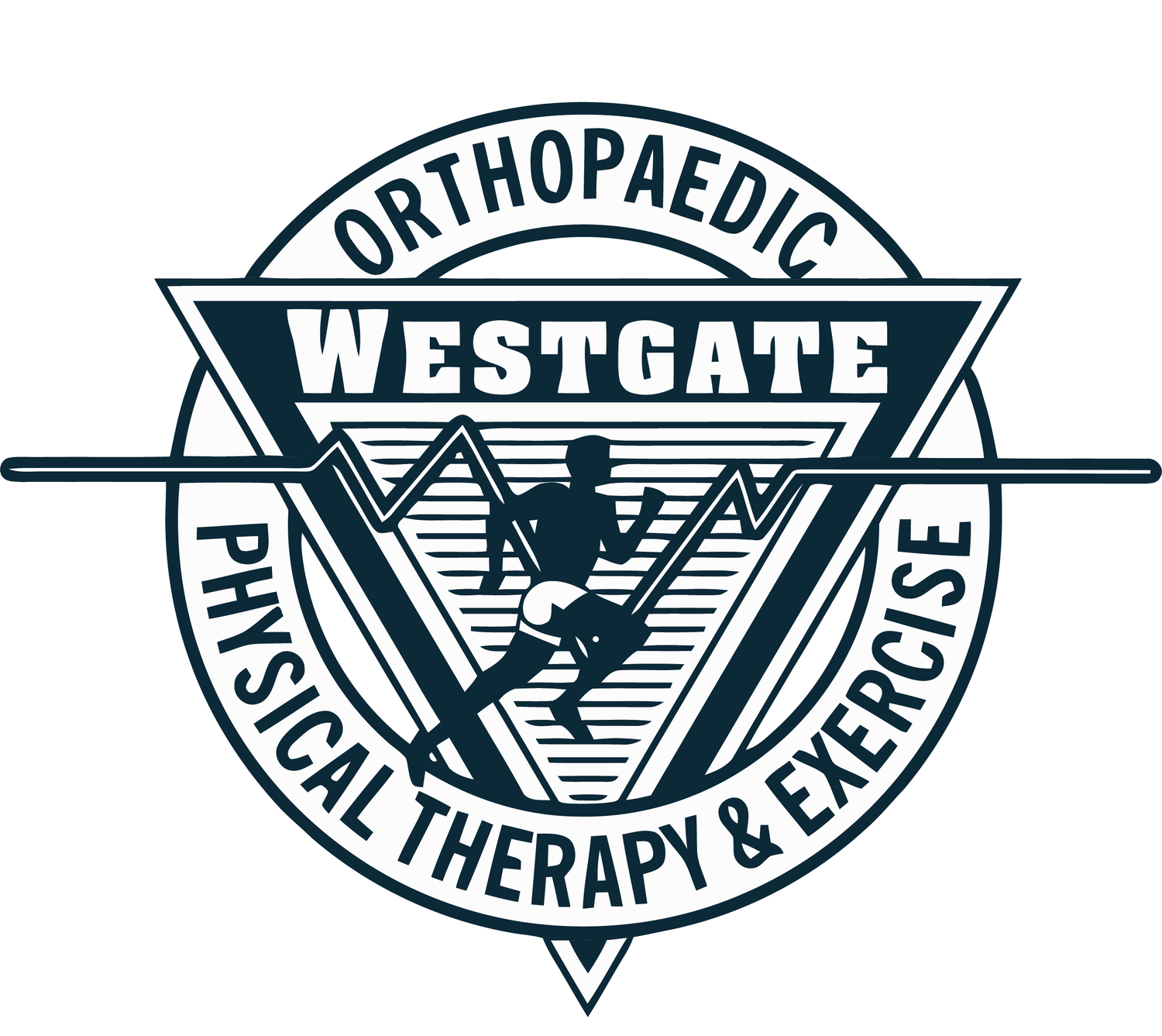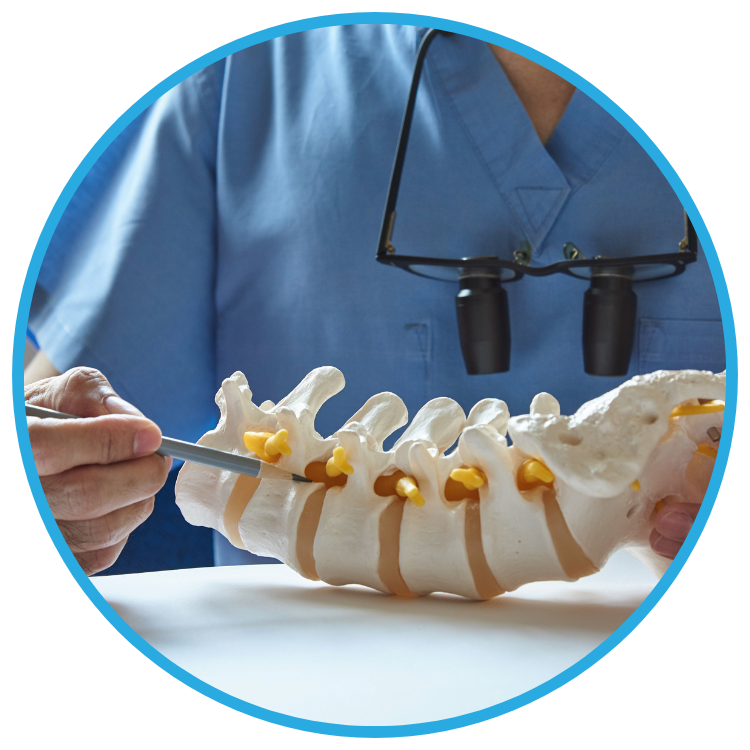
How We Treat
Explore our wide selection of treatments and services below!
Heres a list of our services at a glance, more details for each treatment can be found below.
Orthopaedic / Sports Rehabilitation
Treatment of the musculoskeletal system (bones, muscles, joints, tendons, ligaments, and connective tissue) that focuses on increasing mobility/strength and reducing pain to improve function.
Return to Sport
(sport-specific training)
Sport-specific functional rehabilitation focuses on the restoration of an athlete’s ability to perform their chosen sport. Customized treatment is designed to reproduce the activities and movements required when the athlete returns to the field post-injury.
Kinesio Taping
Kinesio tape is a thin, flexible tape that is meant to relieve pain, reduce swelling and inflammation, and provide support to joints and muscles. Kinesio-taping techniques can alleviate pain and facilitate lymphatic drainage by microscopically lifting the skin. K-tape was originally developed as a way to enhance athletic performance.
Aquatic Therapy
Aquatic therapy refers to exercises performed in water for relaxation, fitness, physical rehabilitation, and other therapeutic benefits. Exercise performed in the water can bring relief to those who suffer from various neuromuscular or musculoskeletal disorders. Hydrotherapy produces a near-weightless environment for stretching and exercise. At Westgate Physical Therapy, we have a “warm” pool, kept at approximately 99 degrees Fahrenheit. Warmer water induces vasodilation: drawing blood into the target tissues. Increased blood flow delivers needed oxygen and nutrients and removes cellular waste. The warmth decreases muscle spasms, relaxes tense muscles, relieves pain, and can increase range-of-motion.
Exercise Evaluations / Membership
Exercise evaluation allows us to assess your current physical status and design an individualized program to help you achieve your fitness goals. The test helps gain insight into a person’s level of fitness, endurance, body composition, and general health. We offer an independent exercise membership program, often utilized by former patients. Clients can join as a gym member, pool member, or a combined membership. Exercise evaluations are performed during an initial visit and reassessed every 6 months upon request.
Therapeutic Exercises / Activities
Therapeutic exercises are movements and physical activities designed to restore function and flexibility, improve strength and decrease pain. Therapeutic activities are tasks that improve your ability to perform activities of daily living. Therapeutic activities involve dynamic movements and require the patient to engage in a functional task such as: Walking. Sitting to standing position. Throwing a ball. During treatment, your physical therapist will generally combine therapeutic exercises and therapeutic activities within your individualized program.
Work Conditioning
Work conditioning is an intense, individualized conditioning program designed to help patients regain their neurological, cardiopulmonary, and musculoskeletal functions. Programs focus on the restoration of strength, mobility, power, endurance, and motor control. The primary goal is to allow the patient to safely return to work following an injury.
Vestibular Therapy
Vestibular rehabilitation therapy (VRT) is an exercise-based treatment program designed to promote vestibular adaptation and substitution to address dizziness and balance impairments. The goals of VRT are 1) to enhance gaze stability, 2) to enhance postural stability, 3) to improve vertigo, and 4) to improve activities of daily living. Treatments may include patient and caregiver education as well as in-clinic and home exercises, such as Repositioning maneuvers for BPPV.
Spinal Stabilization
Stabilization training is an active form of physical therapy designed to strengthen muscles to support the spine and help prevent lower back pain. Through a regimen of exercises prescribed by a physical therapist, the patient is trained to find and maintain his/her “neutral spine” position. Optimal spinal stabilization can be achieved by strengthening the deep back and abdominal muscles.
IASTM
Instrument assisted soft tissue mobilization (IASTM) is a popular treatment for myofascial restriction. IASTM uses specially designed instruments to provide a mobilizing effect to scar tissue and myofascial adhesions.
Benefits of IASTM
Increased collagen production.
Decreased pain.
Restoring proper function.
Speeding up recovery time.
Reducing inflammation.
Improved mobility.
Alleviating chronic pain conditions.
No downtime; you can continue activities as normal.
Running & Gait Analysis
Gait analysis is used to identify movement-related abnormalities, pain, or inefficiencies when you walk or run. Gait problems can occur with or without an injury and may affect a person’s movement or balance, worsen an existing injury, or lead to a future injury. Following analysis, our therapists will advise and implement a custom treatment program to address biomechanical abnormalities, weakness patterns, or mobility issues that are impacting your walking/running gait.
Gait / Balance Training
Gait training is a set of exercises that are specifically implemented by your physical therapist to help you walk better. The exercises involve improving motion in your lower extremity joints and improving strength/balance.
Balance training involves doing exercises that strengthen the muscles that help keep you upright, including your legs and core. These kinds of exercises can improve stability and help reduce the risk of falling.
Isokinetic Strength Testing / Training
Isokinetic Strength Tests involve isokinetic exercise, meaning at a constant speed. Movements are performed with a specialized apparatus that provides variable resistance so that no matter how much effort is exerted, the movement is conducted at a constant speed. These exercises are used for rehabilitation, recovery, and testing muscle function. Isokinetic training is used to improve muscular strength, and endurance can be manipulated to simulate the demands of specific sports or job activities.
Cervical / Lumbar Traction
Cervical/Lumbar traction is a non-invasive procedure that may be performed manually or mechanically using a specially designed machine. These treatments may be used to help address and treat neck/back pain commonly associated with pinched nerves, tight muscles, or chronic neck/back pain. It is a simple treatment that works by gently stretching the spinal vertebrae and muscles to relieve pressure and pain around the neck and spine. This gentle stretching creates space between the vertebrae to release compression and relaxes the muscles.
Fall Prevention
Fall prevention therapy is a multifaceted approach using interventions to reduce the risk of falling with physical activity. We utilize patient education for fall risk factors, improving environmental factors, and training program focusing on balance and strength training. Proper footwear, braces, or assistive device (e.g. cane) can be discussed/prescribed based on individual patient needs.
Fitting / training for assistive devices: crutches, canes, walkers.
Therapeutic Modalities
Therapeutic modalities refer to the administration of thermal, mechanical, electromagnetic, and light energies for therapeutic purposes. They are commonly used by physical therapists to reduce/modulate pain; reduce inflammation; improve tissue healing, increase range of motion, or improve muscle activation.
















